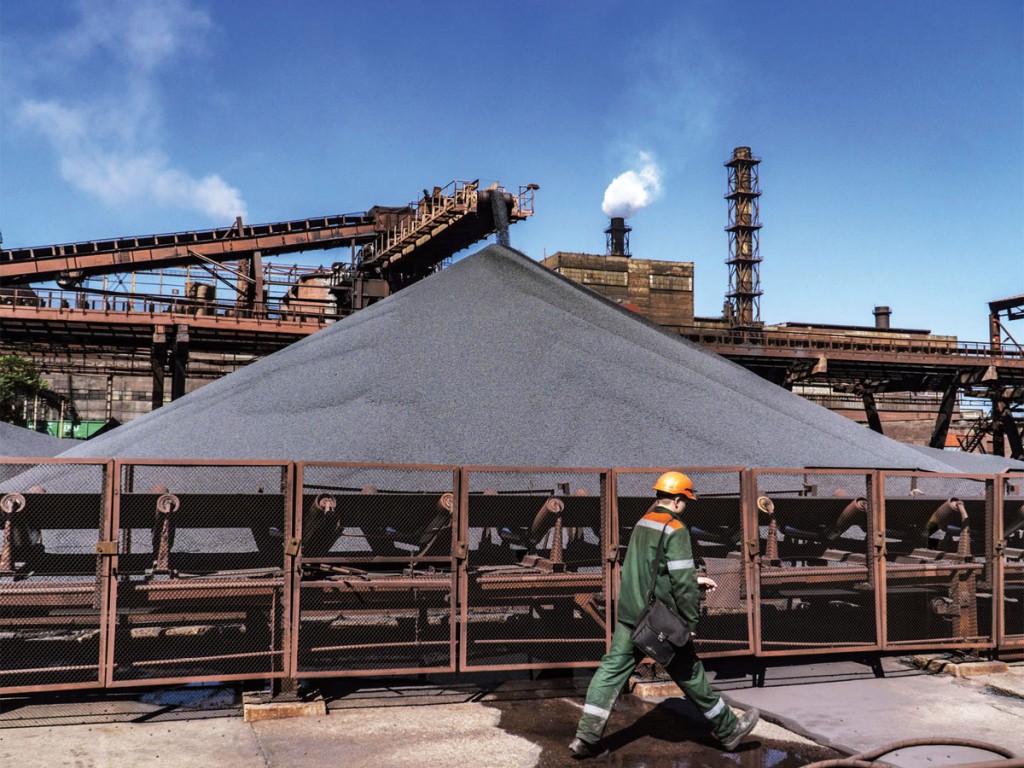Iron ore prices may have retreated in recent weeks from their earlier heights but are still up an impressive 67% on the year. The high of $126.35 a metric ton, reached in early July, was the highest level seen since January 2014.
The surge in iron ore prices has been linked to compromised supplies from mines in Australia and Brazil. Brazil’s Vale SA, one of the industry’s top exporters, cut output following a fatal dam collapse in January. In Australia, weather and fire damage have set back operations in that country’s mines.

The China Iron Steel Association (CISA) released information confirming that its members had requested a government investigation into the price hikes and that, in fact, the Chinese government was doing just that. According to CISA, China’s steelmakers saw profits fall 18.2% in the first five months of this year and their profit margins sink to five percent. Chinese steelmakers, led by Baowu Steel, are also taking action by setting up a working group to find ways to mitigate soaring iron ore prices.
Steelmakers worldwide have reported that their margins are being squeezed by climbing iron ore costs, with U.S. Steel reporting in June that it closed one furnace in Europe and two in the United States. Meanwhile, the iron ore producers, which have implemented efficiencies in recent years, have seen their profit margins spike, thanks to the higher prices and lower expenses.
There is a wild card in this picture, on the demand side, having to do with steel output limits in China aimed at curbing pollution. Wu’an imposed output restrictions on 14 steelmakers through August 31 and the city is now considering further measures. Tangshan is scheduled to lift its restrictions on August 1, but some observers speculate that the city will impose more stringent restrictions beginning in September. But those developments, which could reduce the demand outlook for steel and, by extension, for iron ore, in the immediate term, will not likely change the Chinese steel industry picture in the long run.
Iron ore prices may have fallen of late, but industry experts warn against premature celebration. China’s iron ore imports in June fell to their lowest levels since February 2016—down over 10% from May—and iron ore inventories at China’s ports are shrinking. Stockpiles stood at 115 million tons at the end of June, down 18% on the year, leaving China’s steel producers with only about four weeks of supply on hand.
That means, according to some analysts, that prices could trend even higher as inventories get slimmer.





